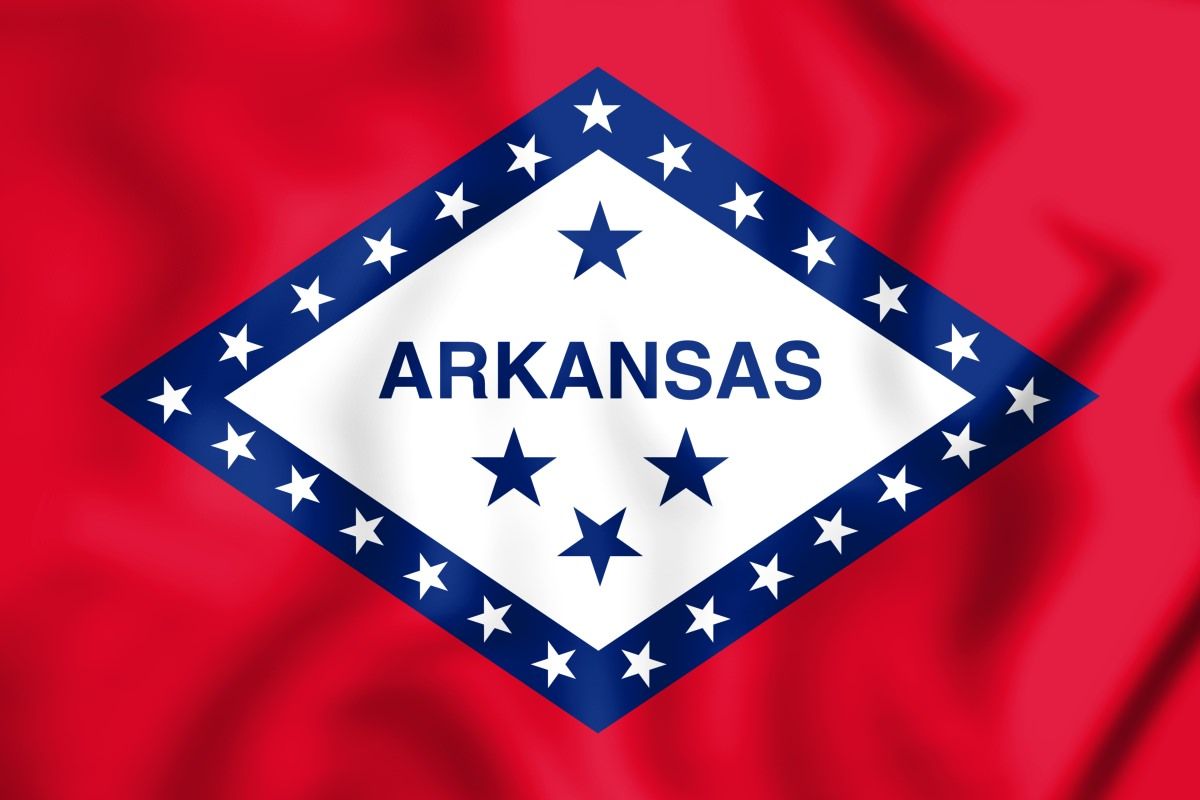(This story has been updated to clarify that the tabled bill would have allowed recommendations for cannabis, not prescriptions.)
New Mexico’s medical marijuana program continues to grow at a blistering pace, even as supply shortages and high prices plagued the industry during 2018.
The state added more than 19,000 patients in 2018 – a 41% increase – to reach 67,574 active patients by Dec. 31.
This exceeds the previous record of nearly 18,000 patients added in 2017 – an impressive feat for one of the more mature markets in the United States.
New Mexico’s 89 dispensaries – up from 71 in early 2018 – sold just over 7 million units of medical marijuana in 2018.
The state defines a unit of marijuana as 1 gram of dried leaves or flower or 200 milligrams of THC for infused products.
Product shortages throughout the year led to an increase in average price per gram of flower from $9.56 during the first quarter to $10.16 by the fourth quarter, an overall increase of 60 cents per gram ($17 per ounce) or 6% for the year.
Supply shortages stem from state restrictions on production. New Mexico capped the number of vertically integrated business licenses at 35 and limits the number of plants each business can grow to 450.
While each license holder can open multiple dispensaries, they are unable to increase production to meet demand.
As a result, wholesale marijuana prices in New Mexico remained relatively stable while prices dropped significantly in other states.
Relief from shortages may be on the horizon as New Mexico Judge David Thomson ruled in November that the state’s limit on cultivation was arbitrary – considered a big win for the MMJ industry.
Thomson gave the state 120 days from Nov. 1 to study the issue and develop a new rule regarding limits.
Additionally, newly elected New Mexico Gov. Michelle Lujan Grisham pledged to increase the number of MMJ business licenses and eliminate the plant limit during her first 30 days in office.
However, a bill proposed by former state Sen. Cisco McSorley to allow medical practitioners to recommend medical cannabis based on their own discretion rather than adhering to a strict list of qualifying conditions has been tabled indefinitely.
McSorley resigned his position in January to head the state’s Probation and Parole Division.
Here’s what else you need to know about New Mexico’s MMJ program:
- Post-traumatic stress disorder (PTSD) remains the state’s most-prescribed qualifying condition with 50% of patients, or 33,747, seeking treatment for the ailment, followed by severe chronic pain with 34%, or 22,735. There are currently 21 qualifying conditions.
- The largest concentration of patients – roughly one-third – live in Bernalillo County, home to the state’s main population center of Albuquerque. Twelve percent live in Santa Fe County with the balance spread out among the remaining 31 counties.
- Seven-hundred patients were granted a personal production license to cultivate their own MMJ, a 10% increase over the year, bringing the total number of licenses to 7,460.
Maggie Cowee can be reached at maggiec@mjbizdaily.com





